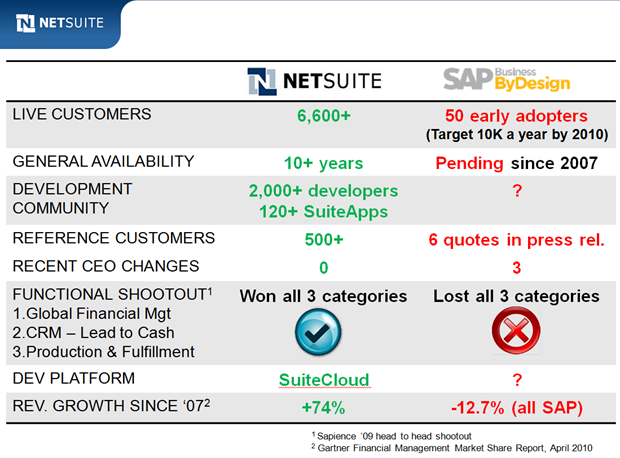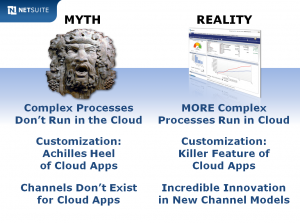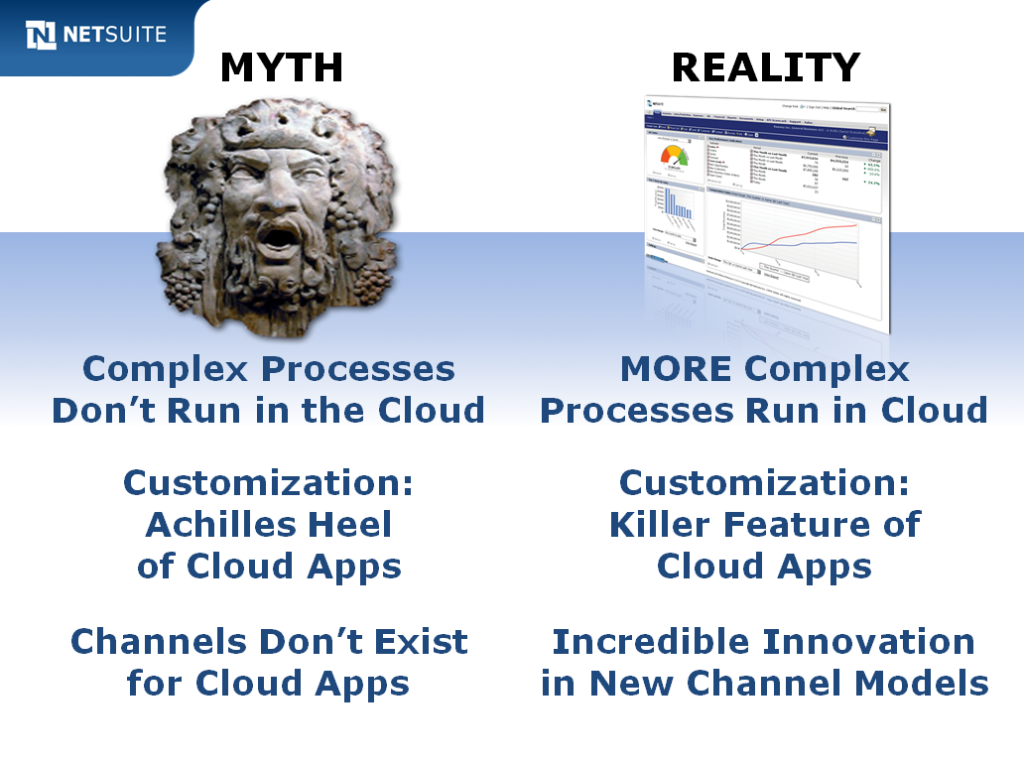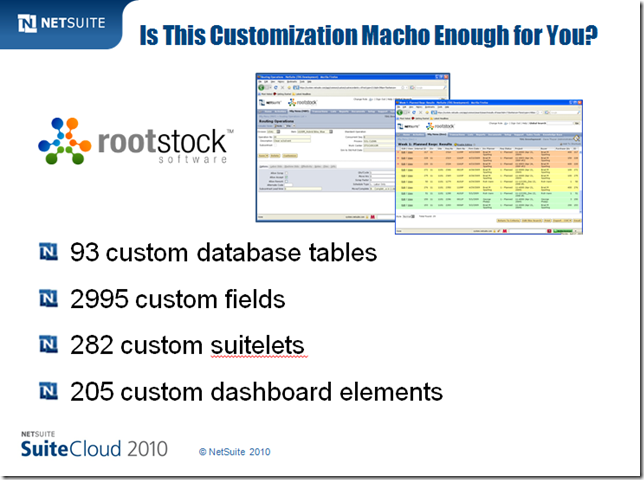We’re just having an intense internal debate in the Enterprise Irregulars group whether SAP’s Business ByDesign (ByD) is late to the market and what it all means, when hot off the press here’s a promotional video, that’s not so much ByD advertising but a SMB / SME SaaS 101, and a very good one at that (now, that was a mouthful of acronyms ).
).
Ironically, the video makes fun of the Big Ugly Beast, ERP – which happens to be SAP’s bread and butter. (Hey, I’ve long been saying SAP should have copied a chapter from Larry Ellison’s book, invest in a SMB Startup and let it grow independently…)
Hat tip for the video: Timo Elliot.
See our (more serious) Business ByDesign coverage here.
(Cross-posted @ CloudAve)









 I’ve previously covered Netbooks, provider of an
I’ve previously covered Netbooks, provider of an  John Wookey has a tough job. The former Oracle Exec, currently EVP @ SAP, the Enterprise Software leader is supposed to charter SAP’s foray into On-Demand – in a company whose bread-and-butter is clearly in installed applications and which still largely considers a threat to its traditional lucrative business.
John Wookey has a tough job. The former Oracle Exec, currently EVP @ SAP, the Enterprise Software leader is supposed to charter SAP’s foray into On-Demand – in a company whose bread-and-butter is clearly in installed applications and which still largely considers a threat to its traditional lucrative business. Ben recently reported on how
Ben recently reported on how 
Recent Comments